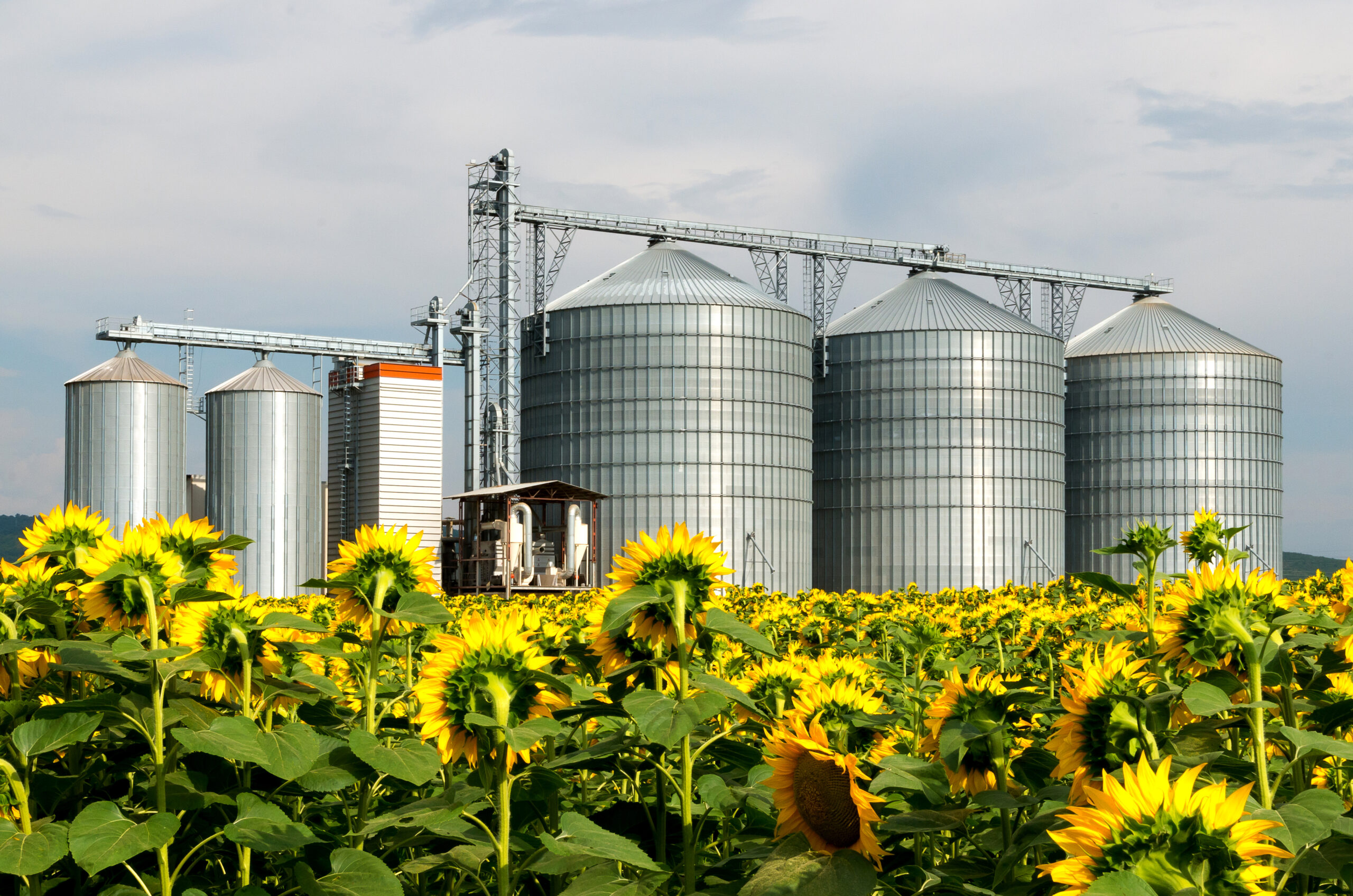A new NanoFabNet report delineates the boundaries of the scientific fields of ‘nanofabrication’ and ‘sustainability’ in search of overlaps in both research and innovation (R&I) topics and individual experts that specialise in their pursuit.
The NanoFabNet aims to establish an international hub for sustainable nanofabrication, whose structure, business model, detailed strategies and action plans are designed, agreed and carried by its international stakeholders, in order to yield a self-sustaining collaboration platform for experts working in the field of ‘sustainable high-tech innovation’. To achieve this, however, the barriers between the contributing scientific disciplines must first be defined, and then overcome and the geopolitical clustering of its expert communities counteracted. Entitled ‘Initial Database & Map of the Fields of Nanofabrication & Technology Sustainability‘, mapping exercises ultimately formed the basis of the development of the NanoFabNet Database – the ‘digital twin’ to the NanoFabNet stakeholder community, whose main goal is to provide structured access to the collected and curated information that has been collected by the NanoFabNet to offer niche services and products to the new expert community of sustainable high-tech innovation.
The analysis revealed a (forced) habit for nanotechnology and sustainability experts to publish in different journal categories, indicating the immense opportunity for the NanoFabNet Hub to establish an unprecedented network, in which experts from both communities can explore mutually beneficial collaborations.
The collaborating authors from the Institute for Automation and Applied Informatics (IAI) at the Karlsruhe Institut of Technology (KIT) and AcumenIST SPRL initially mapped the scientific fields of both ‘nanofabrication’ (by proxy of the predefined category of ‘nanoscience & nanotechnology’) and ‘sustainability’ through the use of Big Data text-mining tools and (co-)occurrence analyses combined with modern scientometrics on a body of over 1.6 million scientific publications of the past 40 years. The analysis revealed a (forced) habit for nanotechnology and sustainability experts to publish in different journal categories, indicating the immense opportunity for the NanoFabNet Hub to establish an unprecedented network, in which experts from both communities can explore mutually beneficial collaborations.


[…] the NanoFabNet Hub provides a niche opportunity for the establishment of new connections and collaborations in both academia and industry.
An analysis of over 35.000 projects of the Horizon 2020 programme highlighted that a large share of projects concerned with both ‘nanotechnology’ and ‘sustainability’ were supported by schemes that fostered collaborative research and mobility of researchers, and by schemes reserved for research R&I activities in small- and medium-sized companies (SMEs); this demonstrates that the NanoFabNet Hub provides a niche opportunity for the establishment of new connections and collaborations in both academia and industry.

Follow these links to download the full report on ‘Initial Database & Map of the Fields of Nanofabrication & Technology Sustainability‘, or to find out more about the NanoFabNet.








